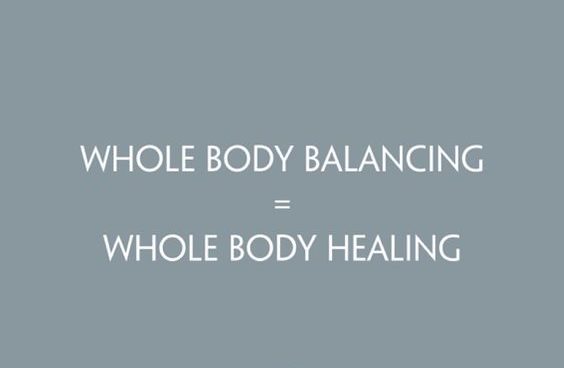What I tend to see as an RMT on a day to day basis is chronic muscular tension primarily held in the neck and shoulders. The idea that “sitting is the new smoking” has become quite prevalent and everyone is a little more aware of the postures they keep day in and day out.
However, your postures have little effect on the quality of your pain, and rather it is the lack of movement, the lack of balanced, supported, muscular use, the constant unnoticed stressors and your thought patterns around those stressors that may contribute to your pain and tension.
We pay a lot of attention to the physical body when it is bothering us without giving much credence to the complex ways in which the physical and the emotional bodies interact.
“I have a knot in my muscle that’s so annoying!”
“My neck feels tired and sore”.
“I’ve been getting tension headaches!”
The emotional body is in fact physical, the inner workings of the nervous system invisible to our senses. We don’t always notice that the emotional agitation we experience daily (getting out of bed when you’re not ready, the challenges of human interaction when driving to work or sitting between two man-spreaders on the bus, discussing something with someone who has a basic authority over you or services you need, worry about covering bills or finding housing) often directly contributes to our physical agitation, though we may not notice it at the time. In fact, often our physical bodies are emotional stressors (ever been hangry?), or is it the other way around?
To better understand the complexity of chronic or recurring pain and tension we must consider how we are influenced by our relationship to that stress or pain, and what we can do to manage and sustain our bodies in the long term. To do this, we have to look at ourselves, and think about the whole picture and maybe learn a little about how to care for our nervous systems.
Perhaps for some, recovery isn’t worth the effort of recognizing and connecting to yourself, especially if it may alter your experience or identity, or perhaps that effort in itself is too overwhelming.
As much as we may hope for a simple answer, when it comes to chronic issues and the question of why pain is occurring, it often comes down to self-care.
- Are you asking the right questions of yourself?
- How is your diet, your quality of sleep, what stimulants/toxins are you asking your body to process through skin care, recreation, medication?
- Do you keep rituals and routines that make you happy?
- What are your thought patterns?
- Do you react with aggression or irritation?
- Are you able to take a quiet moment to listen to your breathing every day and extend the length of your exhales?
- Do you get to breathe in nature?
- In what ways do you move your body?
- Are you intentional in what you do with your body and your time?
- How do you care for yourself?
Massage Therapy works by engaging the nervous system. It acts as the processor of movement and stressors in your body in a multitude of ways. It is one tool for releasing emotional and physical agitation; one tool for interrupting your tension cycles, but it may be rendered ineffective in the long term if you don’t know what your relationship to your tension is, and if your internal reactions are to be increasingly annoyed, rather than to take a time out collect your thoughts, quiet them, and breathe.
Visit the subject of self-care and the complexities of the human system. It is not as black and white as “my pain exists because I sit in a chair all day”, or “because I repeat this action a lot”, because that can’t begin to explain why not everyone experiences this pain. The contributing factors involve how you care for your system and engage with your stressors. What you do to effect your neck and shoulder tension?
Much Love,
Sage Graves, RMT
To book in with Sage click here


